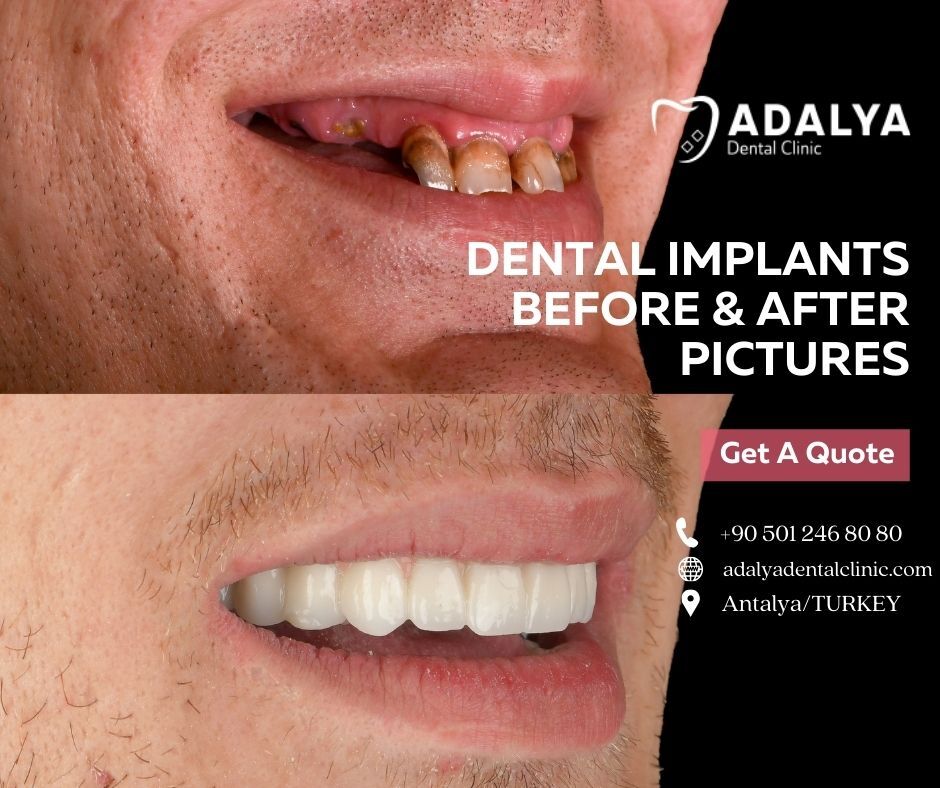Not known Details About Dental Sense
Table of ContentsDental Sense Fundamentals Explained10 Simple Techniques For Dental SenseSome Known Facts About Dental Sense.Some Known Factual Statements About Dental Sense
are medical gadgets surgically implanted right into the jaw to recover an individual's capacity to chew or their look. They supply support for artificial (phony) teeth, such as crowns, bridges, or dentures. When a tooth is lost as a result of injury or disease, a person can experience problems such as quick bone loss, malfunctioning speech, or adjustments to eating patterns that lead to discomfort.Dental dental implant systems include a dental implant body and oral implant joint and might additionally consist of a joint addiction screw. Kids dental. The oral implant body is operatively inserted in the jawbone instead of the tooth's root. The oral implant joint is generally affixed to the implant body by the joint fixation screw and expands through gum tissues right into the mouth to support the attached artificial teeth
(https://www.edocr.com/v/djpmklwo/matthewmusic33101/dental-sense)Framework of The Dental Implant System selecting dental implants, talk with your dental company about the prospective benefits and risks, and whether you are a prospect for the treatment. Points to consider: Your overall health is an important factor in identifying whether you are a great prospect for dental implants, for how long it will take to heal, and how much time the dental implant may remain in location.
Smoking cigarettes may affect the recovery process and lower the long-term success of the dental implant. The recovery process for the dental implant body may take numerous months or longer, throughout which time you commonly have a short-lived joint in place of the tooth. the oral implant procedure: Very carefully comply with the oral health instructions provided to you by your oral company.
Excitement About Dental Sense
Implant failure can result in the demand for another operation to take care of or replace the dental implant system. Brings back the capability to chew Brings back cosmetic appearance Assists keep the jawbone from diminishing because of bone loss Maintains the health and wellness of the surrounding bone and gums Aids keep adjacent (neighboring) teeth steady Enhances lifestyle Damages to surrounding all-natural teeth throughout implant placement Injury to the surrounding cells throughout surgical treatment, such as sinus perforation Injury during surgical procedure (as an example, fracture of surrounding jawbone) Insufficient function, such as really feeling like the teeth do not bite together normally A feeling that the tooth is loosened or twisting in position arising from an abutment screw loosening Implant body failing (looseness of the dental implant body) as a result of systemic infection, which may be more probable in patients with uncontrolled diabetics issues due to regional infection in bone and periodontals sustaining the dental implant body as a result of postponed recovery, which may be more probable in patients who smoke Trouble cleansing the gums around the implant, resulting in bad dental health Without treatment gum condition Post-surgical tingling because of nerve impingement or damages Constantly notify healthcare carriers and imaging service technicians that you have oral implants prior to any magnetic vibration imaging (MRI) or x-ray treatments.
FDA is not knowledgeable about any damaging events reported for MRI or x-ray procedures with dental implants. Oral implants systems are typically made of websites materials that comply with worldwide consensus requirements of the International Company for Standardization (ISO) or ASTM International. These standards have information of what makes a secure material.

A dental implant is a structure that replaces a missing tooth. With screw-like tools, the specialist inserts an implant right into the jawbone, and it works as an anchor for a man-made tooth, called a crown. A device called an abutment attaches the fabricated tooth to the dental implant. The crown is custom-made to fit the person's mouth and match the shade of their teeth.
Dental Sense for Dummies
Some individuals are not qualified for dental implant surgery. It is for dental specialists to operate people with: acute illnessuncontrollable metabolic diseasebone or soft cells condition or infectionIf these issues are solved, a person can have the surgical procedure. In, oral surgeons avoid operating on people with: If people with any of the above undertake oral implant surgical treatment, there is a greater threat of the dental implant stopping working.

Dental dental implant surgical procedure is a customized process. Offer you time to heal. Affix the blog post and last crown, bridge or denture.
Next, your surgeon will very carefully position the dental implant right into your jaw. Your specialist will certainly reposition your gums and close the cut with stitches. If your implant is near the front of your mouth, your dental practitioner will certainly make a short-term tooth for you to put on till you heal. That means, you won't have a space in your smile while you recuperate.
Get This Report about Dental Sense
Throughout the healing phase, your jawbone ought to fuse to the dental implant. This procedure can take anywhere from three to nine months.
When your implant heals, your dental professional can affix the abutment (tiny port blog post) and your final restoration (crown, bridge or denture). This typically takes regarding one hour to finish and might call for a second small surgical treatment. You shouldn't feel any pain throughout your dental implant treatment because your provider will use medicine to numb your gum tissues.